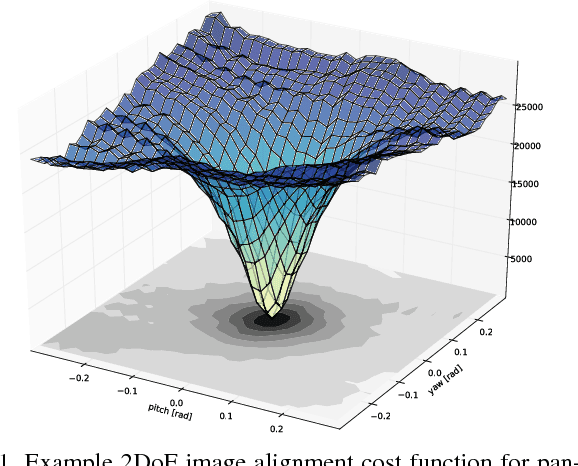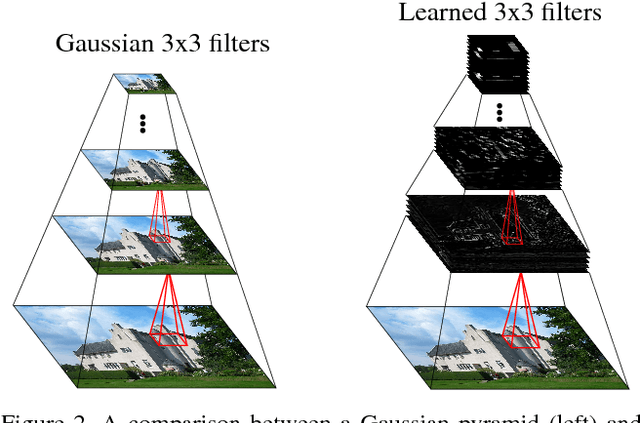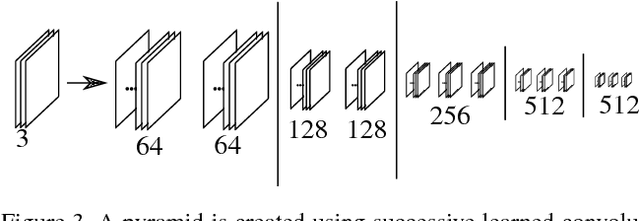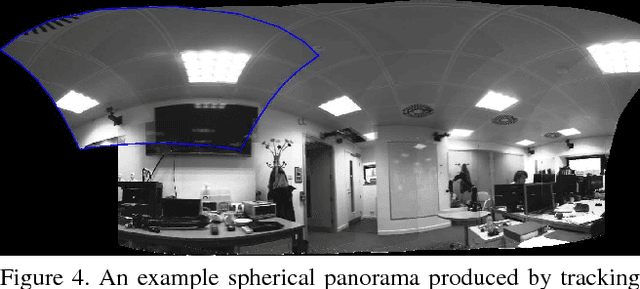Semantic Texture for Robust Dense Tracking
Paper and Code
Aug 29, 2017



We argue that robust dense SLAM systems can make valuable use of the layers of features coming from a standard CNN as a pyramid of `semantic texture' which is suitable for dense alignment while being much more robust to nuisance factors such as lighting than raw RGB values. We use a straightforward Lucas-Kanade formulation of image alignment, with a schedule of iterations over the coarse-to-fine levels of a pyramid, and simply replace the usual image pyramid by the hierarchy of convolutional feature maps from a pre-trained CNN. The resulting dense alignment performance is much more robust to lighting and other variations, as we show by camera rotation tracking experiments on time-lapse sequences captured over many hours. Looking towards the future of scene representation for real-time visual SLAM, we further demonstrate that a selection using simple criteria of a small number of the total set of features output by a CNN gives just as accurate but much more efficient tracking performance.
 Add to Chrome
Add to Chrome Add to Firefox
Add to Firefox Add to Edge
Add to Edge